Our Presence Matters
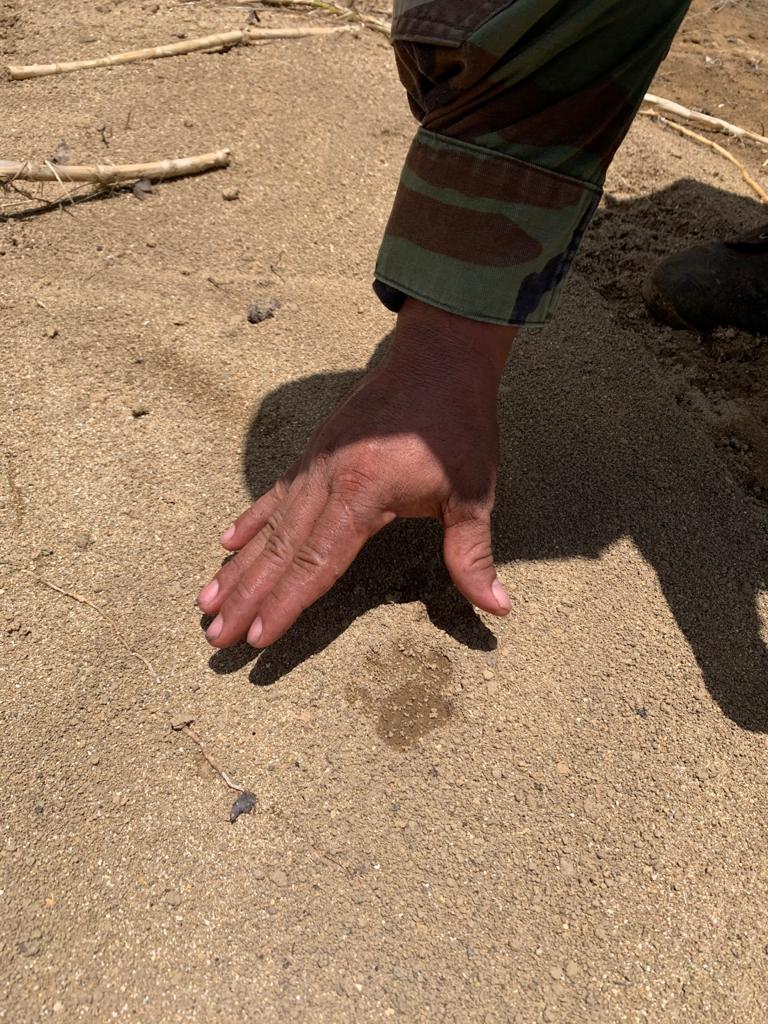
Around the world, the question is being asked: How does the pandemic impact threatened species and protected areas? The answer seems to be a resounding: We don’t know, but we suspect in some good ways and some bad ways. Wildlife and protected areas are likely benefited by less human presence and disturbance and also negatively impacted by unregulated use and illegal resource extraction including illegal poaching.
We know that the pandemic has led to the closure of many protected and conserved areas around the world. The consequences of closed protected areas are many and include staff layoffs and loss of livelihoods, suspension of critical research and monitoring programs, suspension and or decrease of ranger patrols resulting in possible illegal and environmentally damaging activities.
In Belize, both terrestrial and marine protected areas have seen periods of closure in short bursts since the pandemic was declared in April. The additional stress of dry season fires in April and May across the country and the early advent of hurricane season has made these challenges even greater. Protected Areas staff struggle to continue responding to these natural disasters while also continuing their daily work with less mobility due to Covid-19 restrictions and fewer staff.
At BFREE, our park rangers feel the stress of those restrictions yet maintain their important tasks in spite of the challenges. Throughout the pandemic, they have continued to come to work 24/7, patrolling the 1,153 acre property and its boundaries which connect us to nearly 1.5 million acres of lowland tropical rainforest.
Rangers and BFREE staff have also continued to document wildlife and weather patterns as part of our long-term monitoring programs. We are entering our fifth year of an Agami Heron nesting population study in collaboration with the international Agami Heron Conservation Working Group. In partnership with Jungle Encounters, Inc, we continue to collect data on wild cats, specifically Jaguarundis, Ocelots and Margays, using camera trapping technology. Weather data has been collected since 1995 and continues both in hand-written form and via Hoboware weather stations situated throughout the property. Additionally, observational data is collected on the movements of Scarlet macaws and Harpy eagles in the area.
Monitoring wildlife will help us understand which animals utilize which pieces of the property and whether their populations are increasing, remaining stable or declining. Similarly, monitoring weather helps us understand how Belize’s climate changes over time.
By continuing to do the important work of patrolling the BFREE privately protected area and monitoring wildlife and climate, we not only protect the land around us, we contribute important information that helps better guide conservation policy and interventions over the long-term.
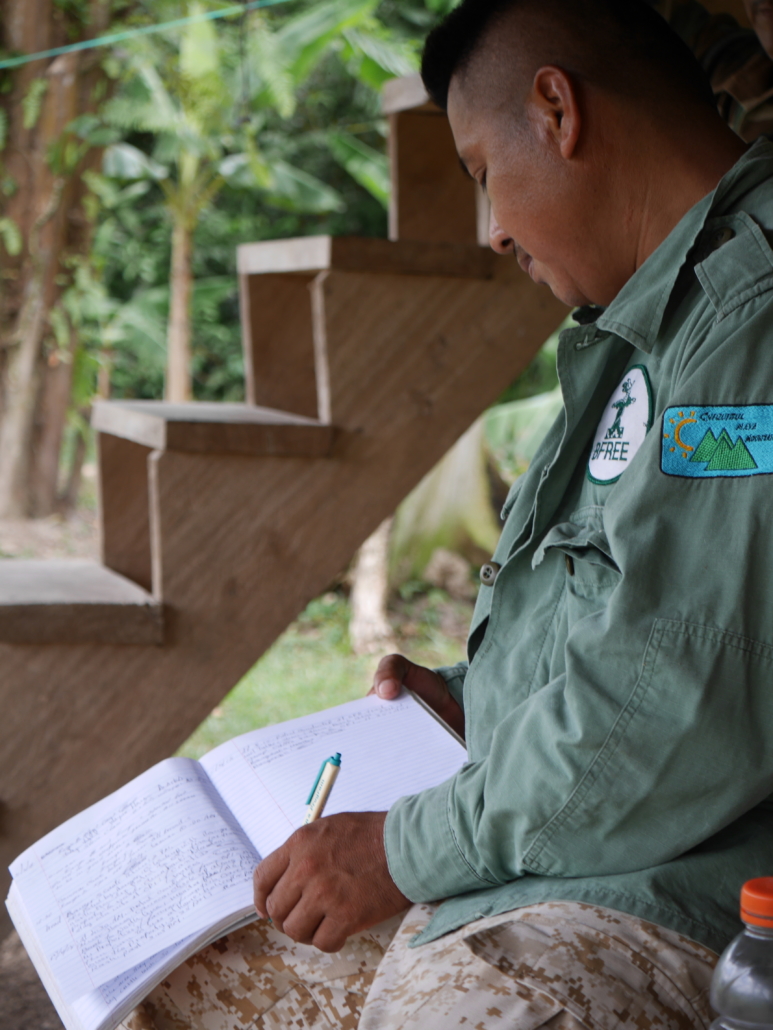
Canti records patrols and wildlife sightings in the logbook at OP1 
Canti points out erosion due to flooding along the Bladen River at BFREE 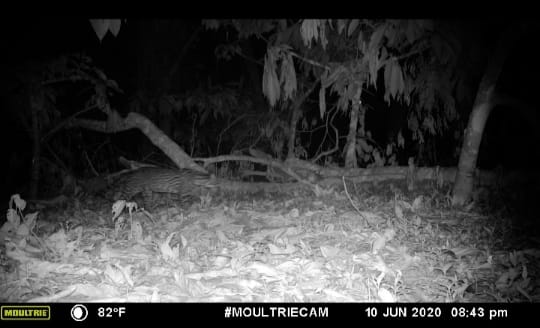
Jungle Encounters camera trap image of a Margay at BFREE 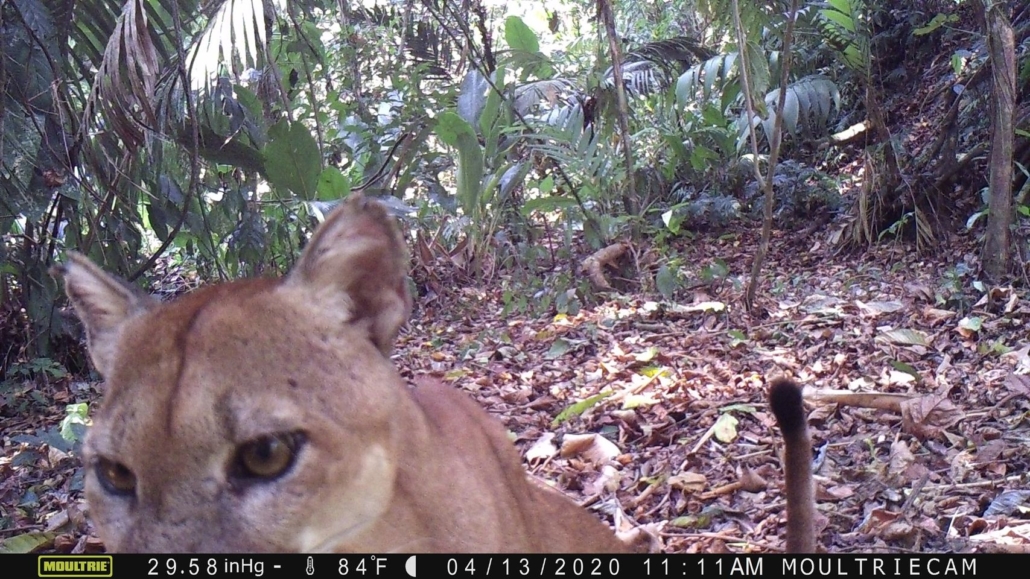
Jungle Encounters camera trap image of a Puma at BFREE 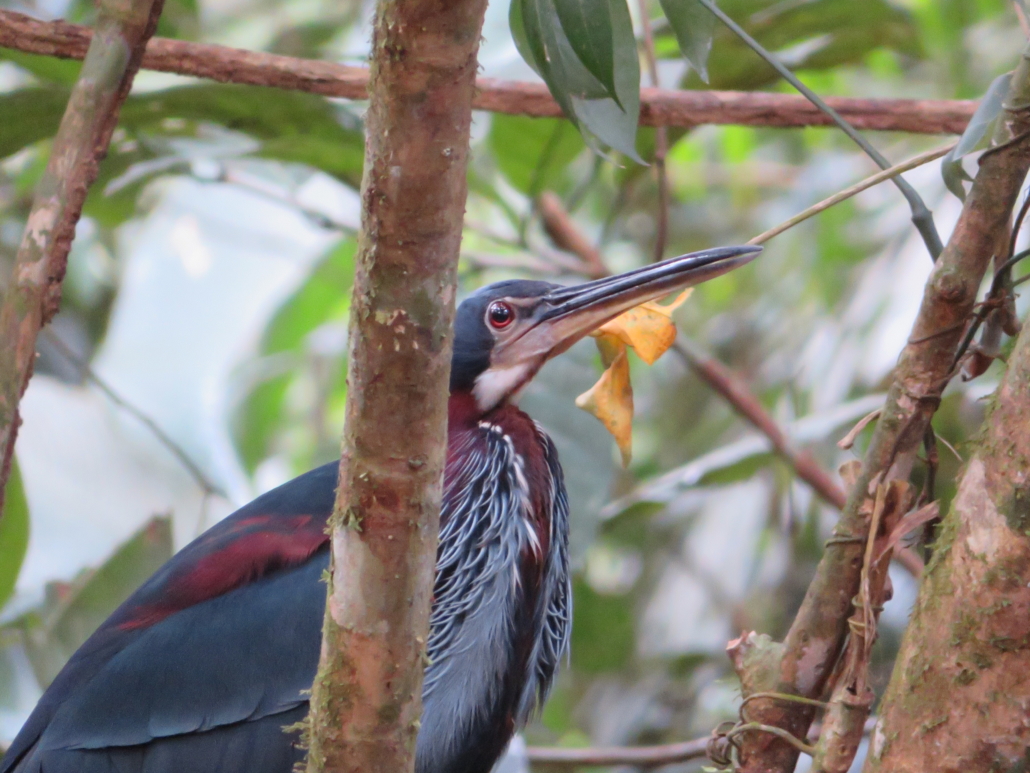
Agami heron 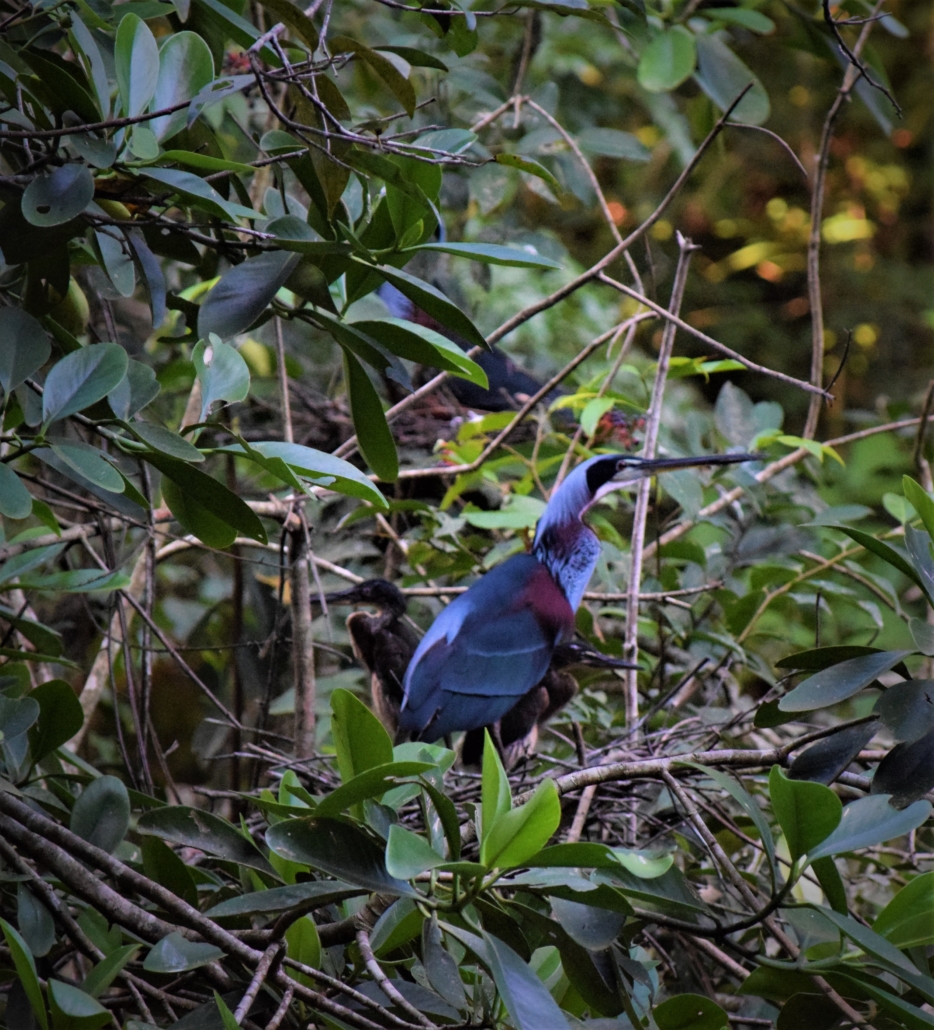
Agami heron and two fledglings


Leave a Reply
Want to join the discussion?Feel free to contribute!